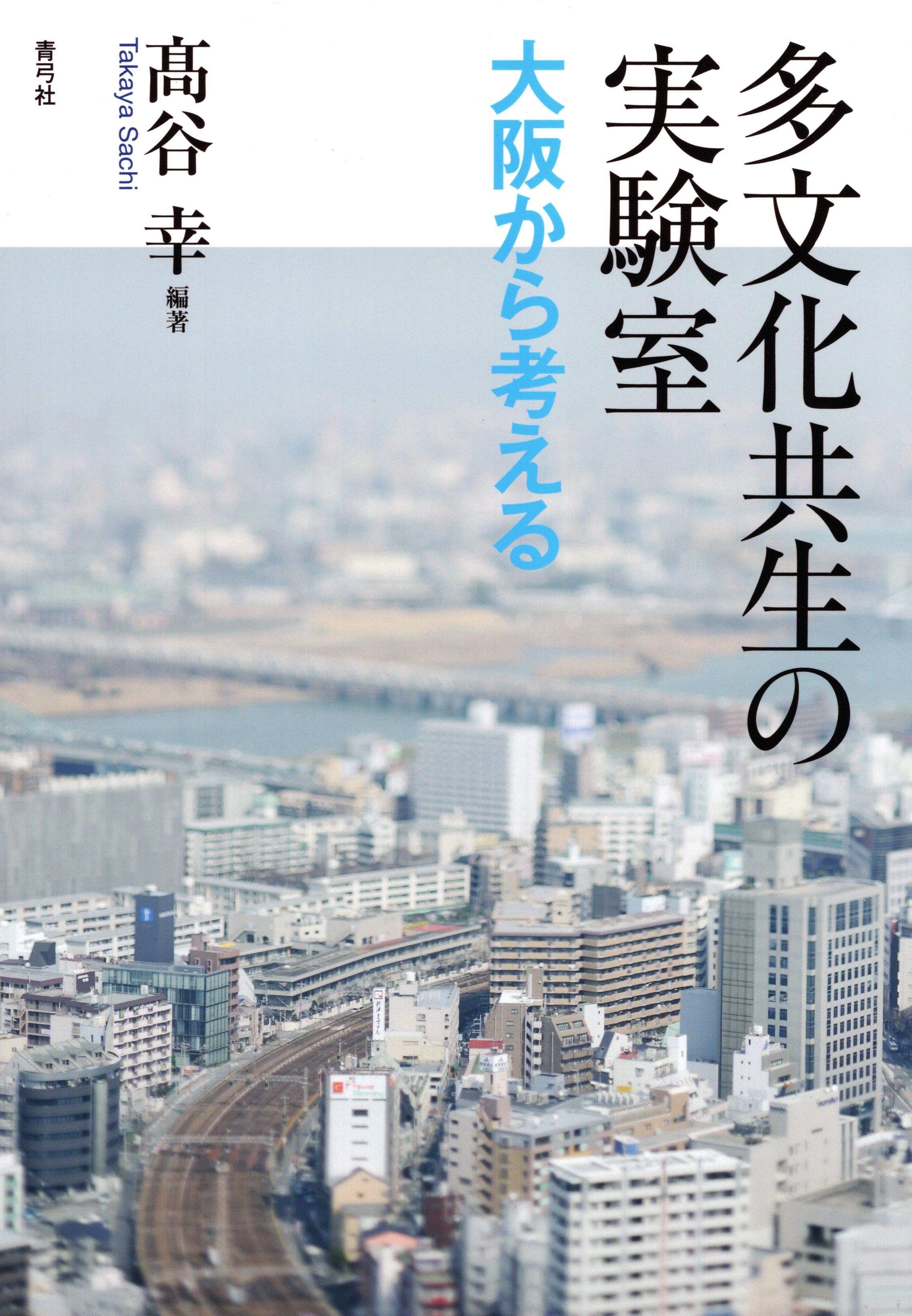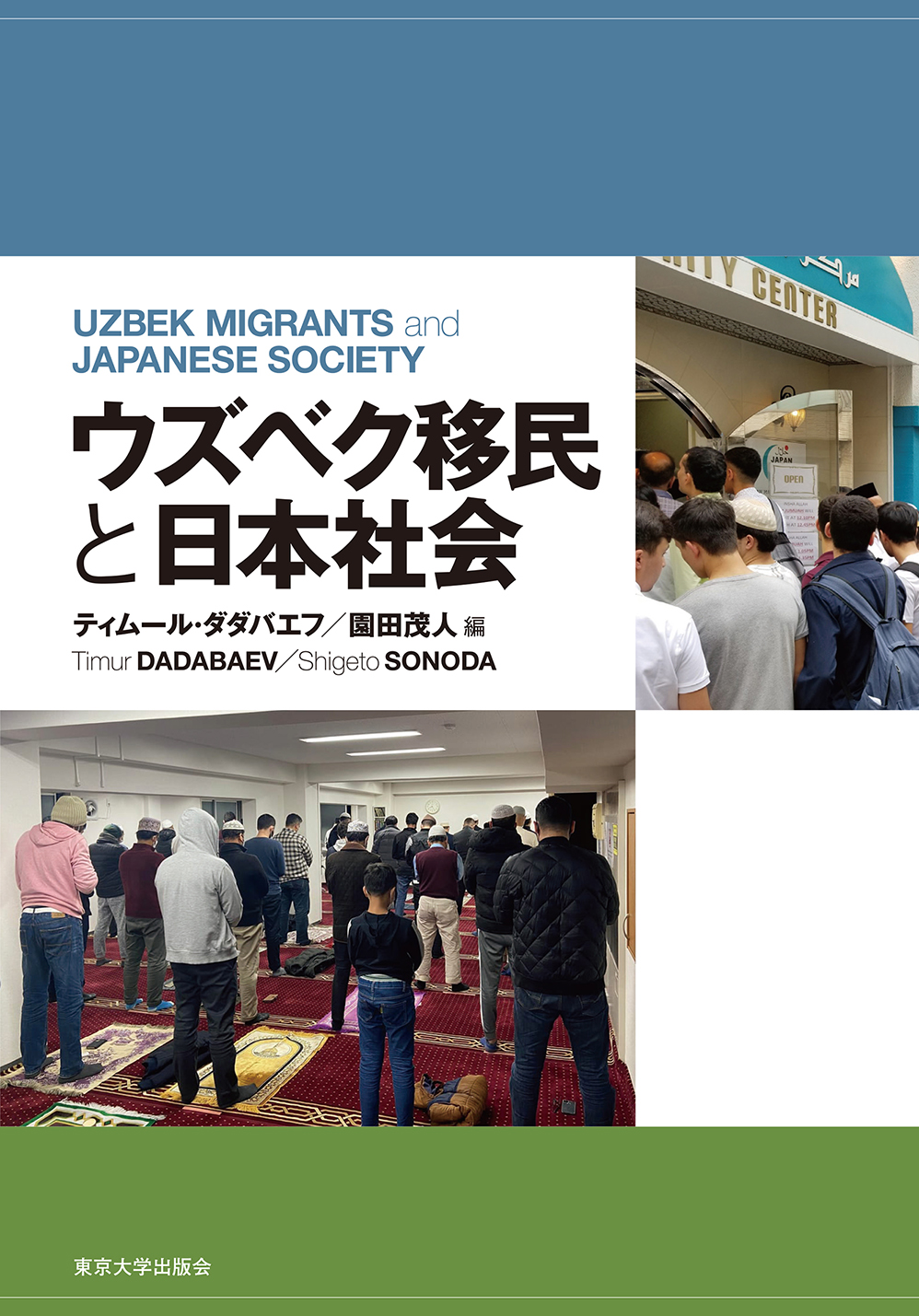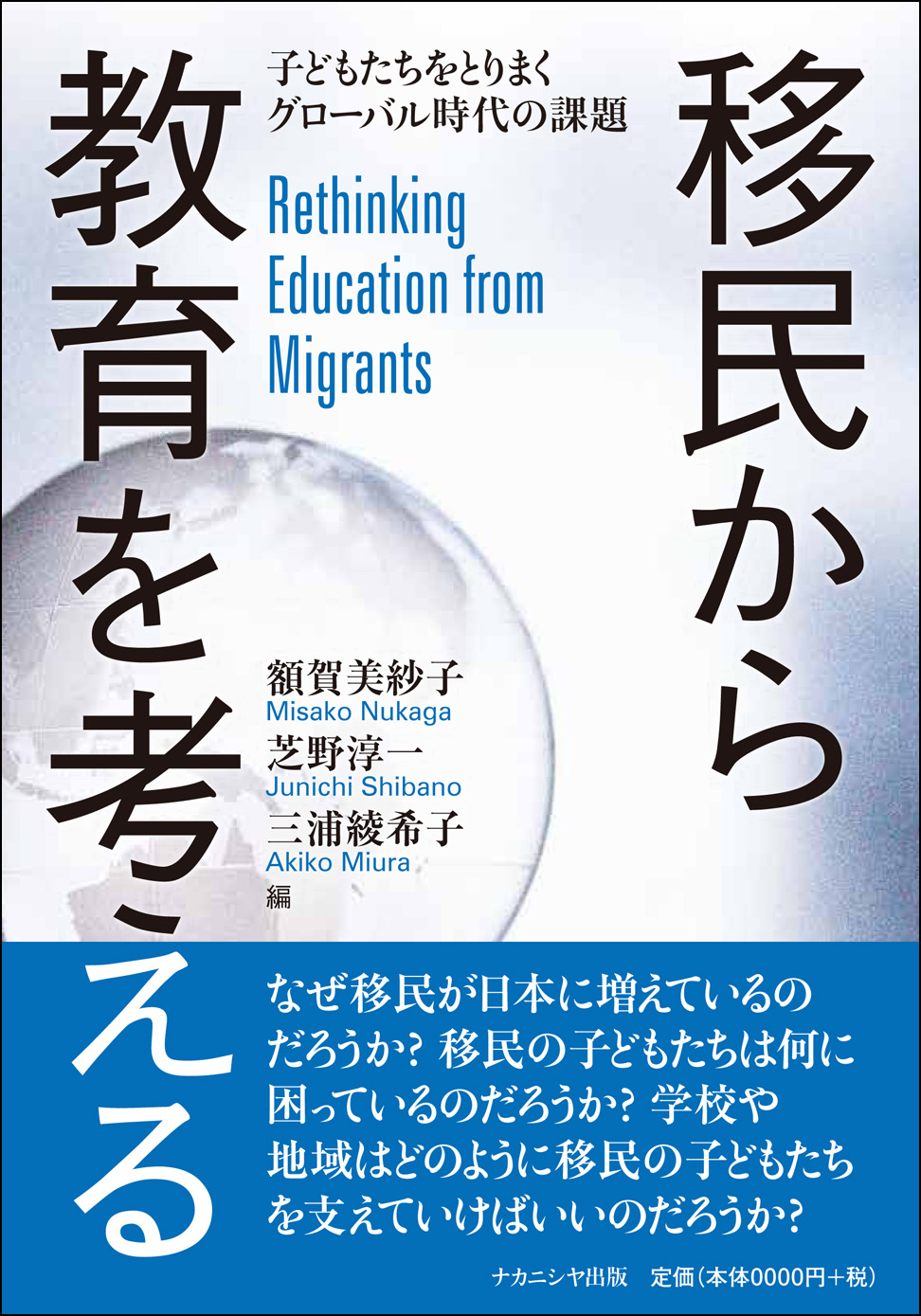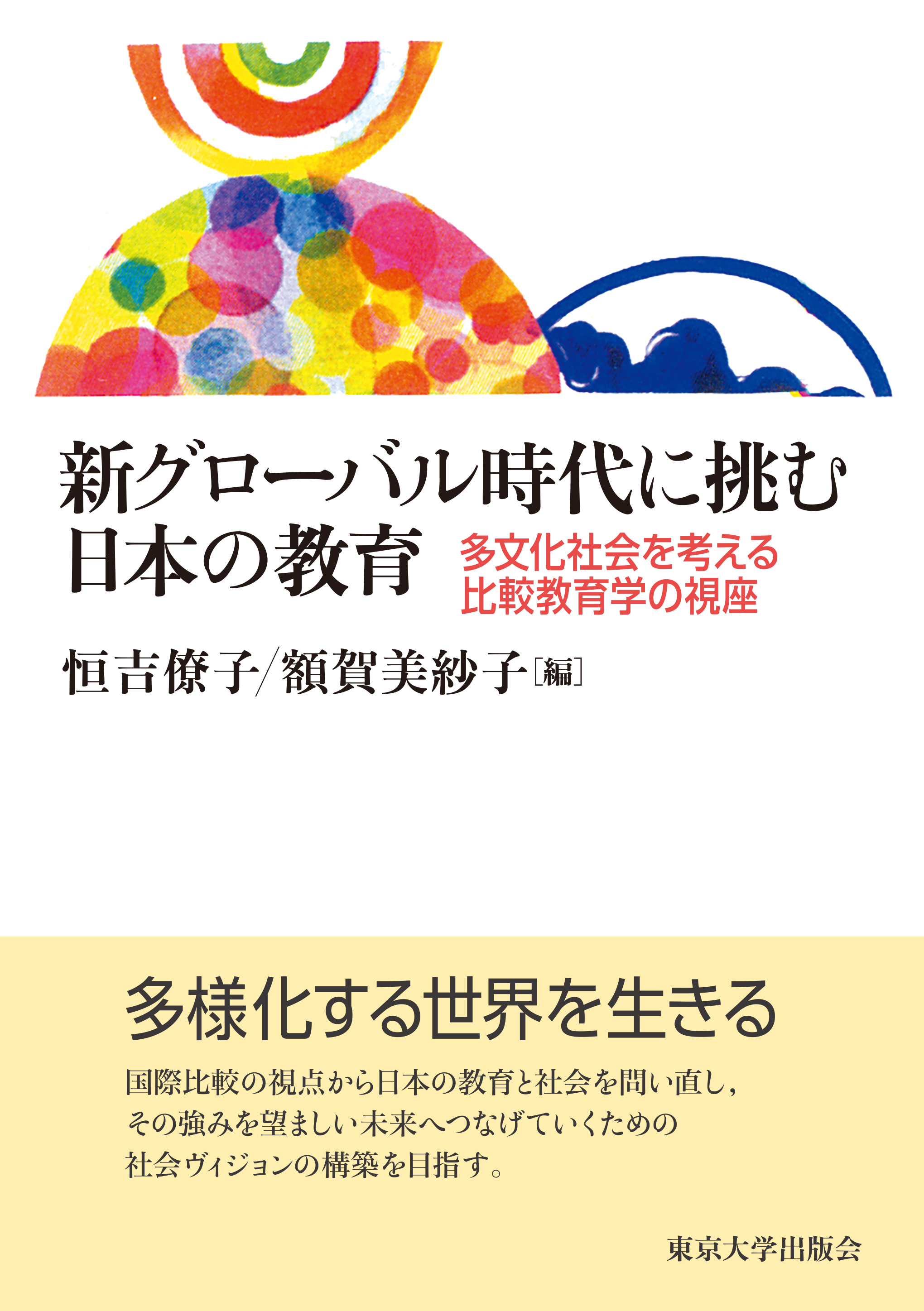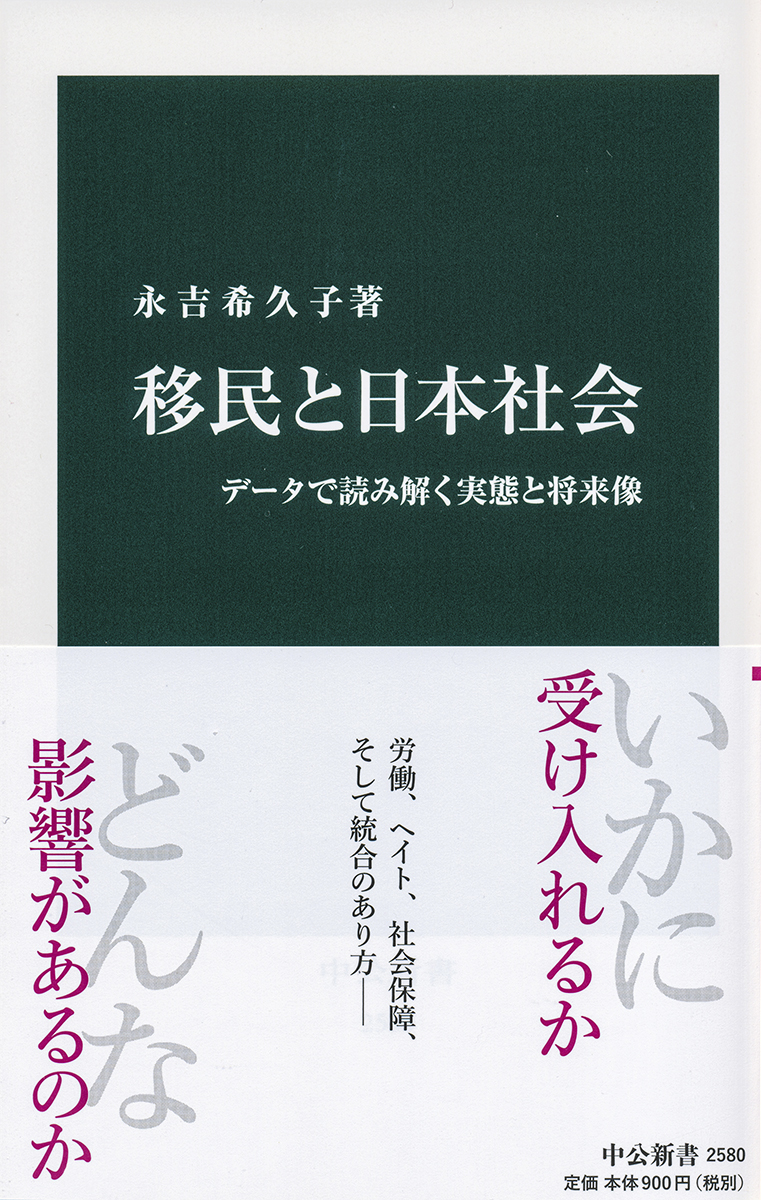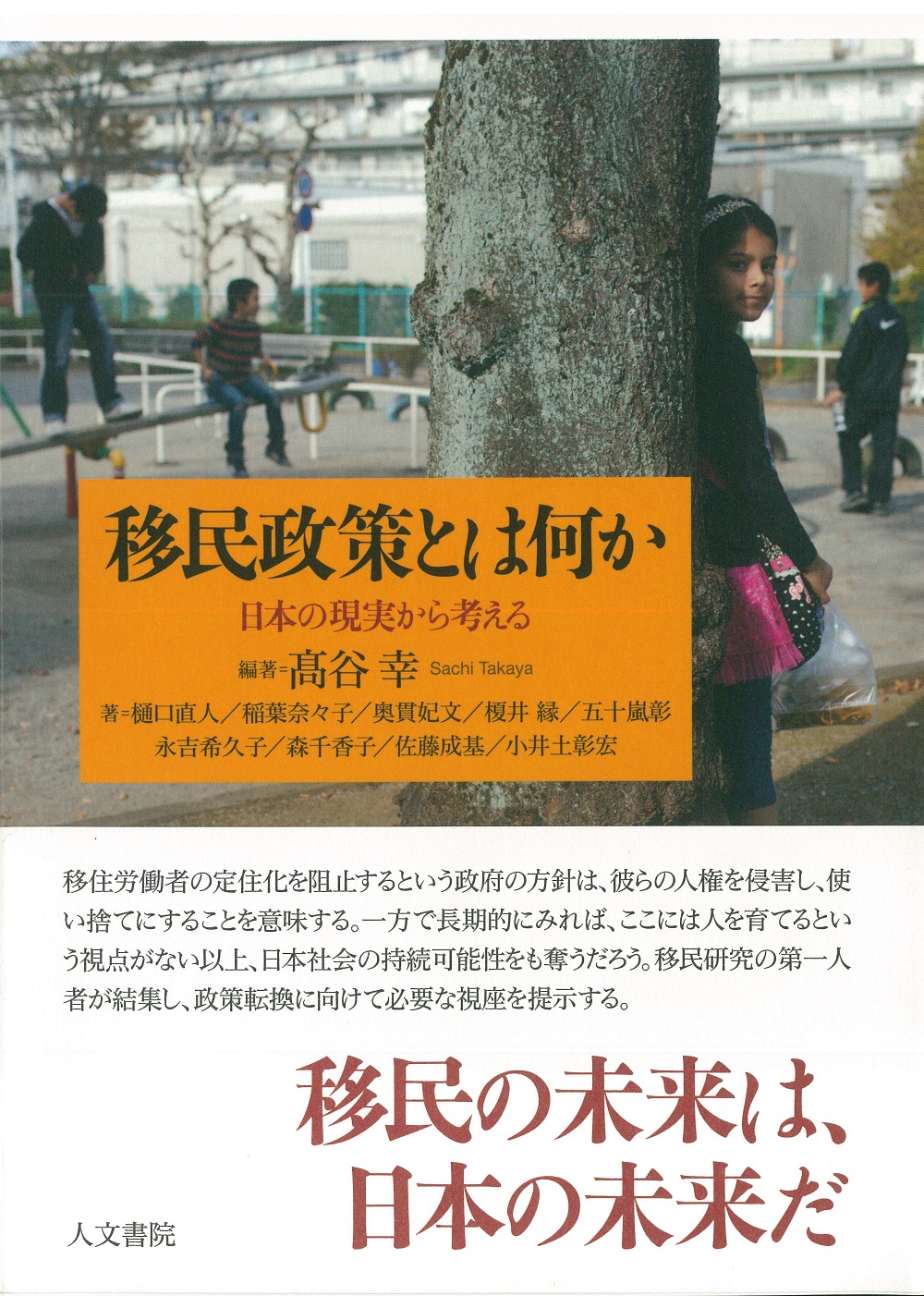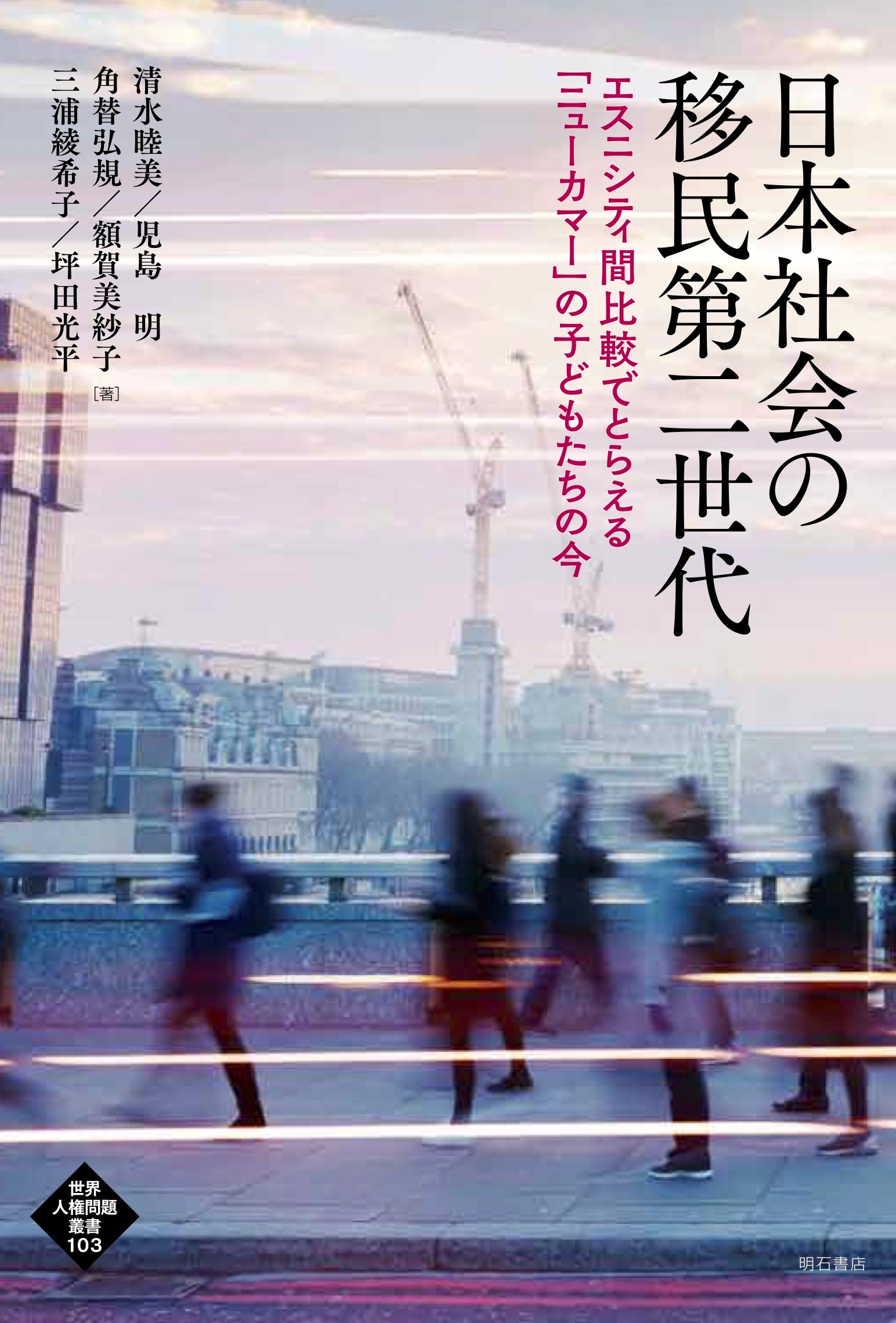
Title
World Issues in Human Rights Series 103 Nihon Shakai no Imin Daini-Sedai (The Second Generation Immigrants in Japan: Cross-Ethnic Comparison of ‘Newcomer’ Children Today)
Size
704 pages, 127x188mm
Language
Japanese
Released
July 25, 2021
ISBN
9784750352282
Published by
Akashi Shoten
Book Info
See Book Availability at Library
Japanese Page
Young second-generation immigrants have become increasingly numerous in Japanese society. The term “second-generation immigrant” refers to people with one or two foreign-born parents who were born and raised in the country their parent(s) immigrated to. Inhabiting the space between the language and culture of their parents and those of the host country, they often explore their identities and ways of living under the gaze of discrimination and prejudice toward immigrants. Examining the second-generation immigrant experience can reveal how tolerant their country is of different races and ethnicities and how equitable its society is. While Japan has made domestic ethnic diversity invisible under the banner of assimilation, even it has started to actively take in foreign workers in recent years. As a result, securing the education and careers of their children, who are second-generation immigrants, is becoming a topical policy issue.
What then is the experience of young second-generation immigrants in Japanese society, and what kind of status attainment does this acculturation process lead to? Eight years from its conception, this book is an attempt to answer that question based on interviews with 170 second-generation immigrants of Vietnamese, Cambodian, Chinese, Brazilian, Peruvian, and Philippine descent. It illustrates the diverse identities, academic achievements, and careers—and the multiple social factors causing them to diverge—of second-generation immigrants. Second-generation immigrants are not a monolith. Factors such as their parents’ income, educational background, and home country; the discrimination and prejudice they face at school; their friendships; and the support they receive from civic organizations cause different ethnic identities to be formed among the second generation, which then manifest themselves as differences in academic achievement.
This book classifies ethnic identities into four categories. Of these categories, the “hybrid orientation” of young second-generation immigrants is characterized by good child–parent relationships and strong academic achievement. They have acquired the cultures of both Japan and their country of origin and switch between them depending on the situation. These bilingual and bicultural young people are characterized by multicultural peer groups, strong ties with civic organizations that provide support for immigrants, strong connections to their country of origin through their parents, and a school environment that has been welcoming of their immigrant background.
In other words, someone who grew up in a living environment that is more tolerant of transnationality and cultural diversity is more likely to adopt a hybrid orientation and to enjoy more diverse options for higher education and career acquisition. Unlike in the US and other countries of immigration, well-resourced immigrant communities remain undeveloped in Japan, and civic organizations are disproportionately concentrated in certain regions. Schools tend to have assimilationist values and look down on cultural differences. Opportunities to live a “hybrid” life—to acquire the resources for academic achievement in Japanese society while also preserving the language and culture of one’s heritage—are not institutionally secured.
This book contains many vivid stories from second-generation immigrants, so interested readers are welcome to read only those parts that interest them. I hope that by turning our attention to the struggles that young second-generation immigrants face living in Japan, this book creates opportunities for us to think about what a society must be or do to be inclusive of diversity and what kind of changes Japan needs to make.
(Written by NUKAGA Misako, Professor, Graduate School of Education / 2023)
Related Info
Nissan Seminar: How do Japanese public high schools respond to immigrant students? Challenges of diversity and educational equity in Tokyo (University of Oxford May 12, 2023)
https://www.nissan.ox.ac.uk/event/nissan-seminar-how-do-japanese-public-high-schools-respond-to-immigrant-students-challenges-of
TCJS Book Talk Series | The Second Generation Immigrants in Japan: Cross-Ethnic Comparison of ‘Newcomer’ Children Today (The University of Tokyo Jan 13, 2023)
https://www.u-tokyo.ac.jp/focus/en/events/z0707_00018.html



 Find a book
Find a book


 eBook
eBook